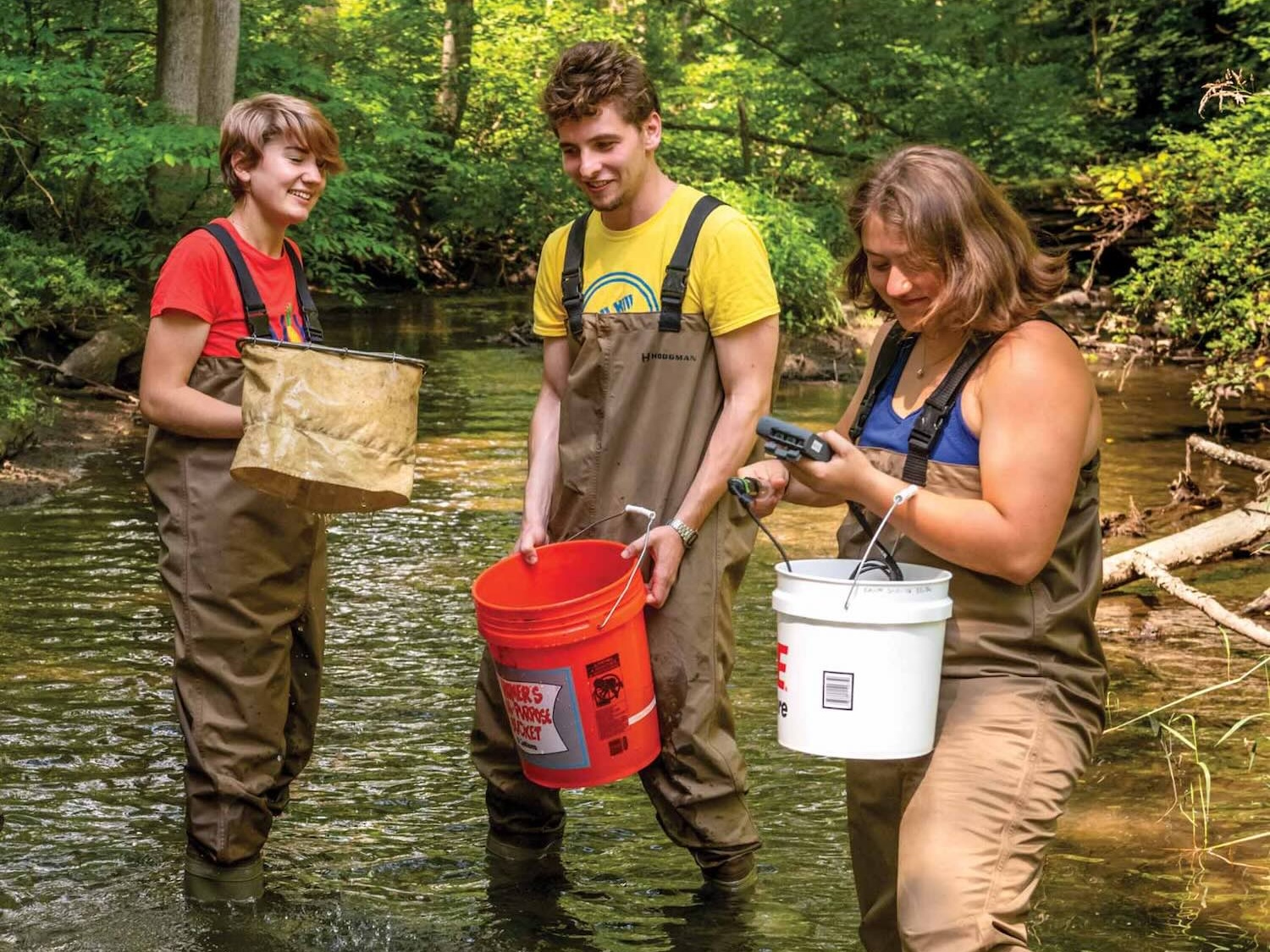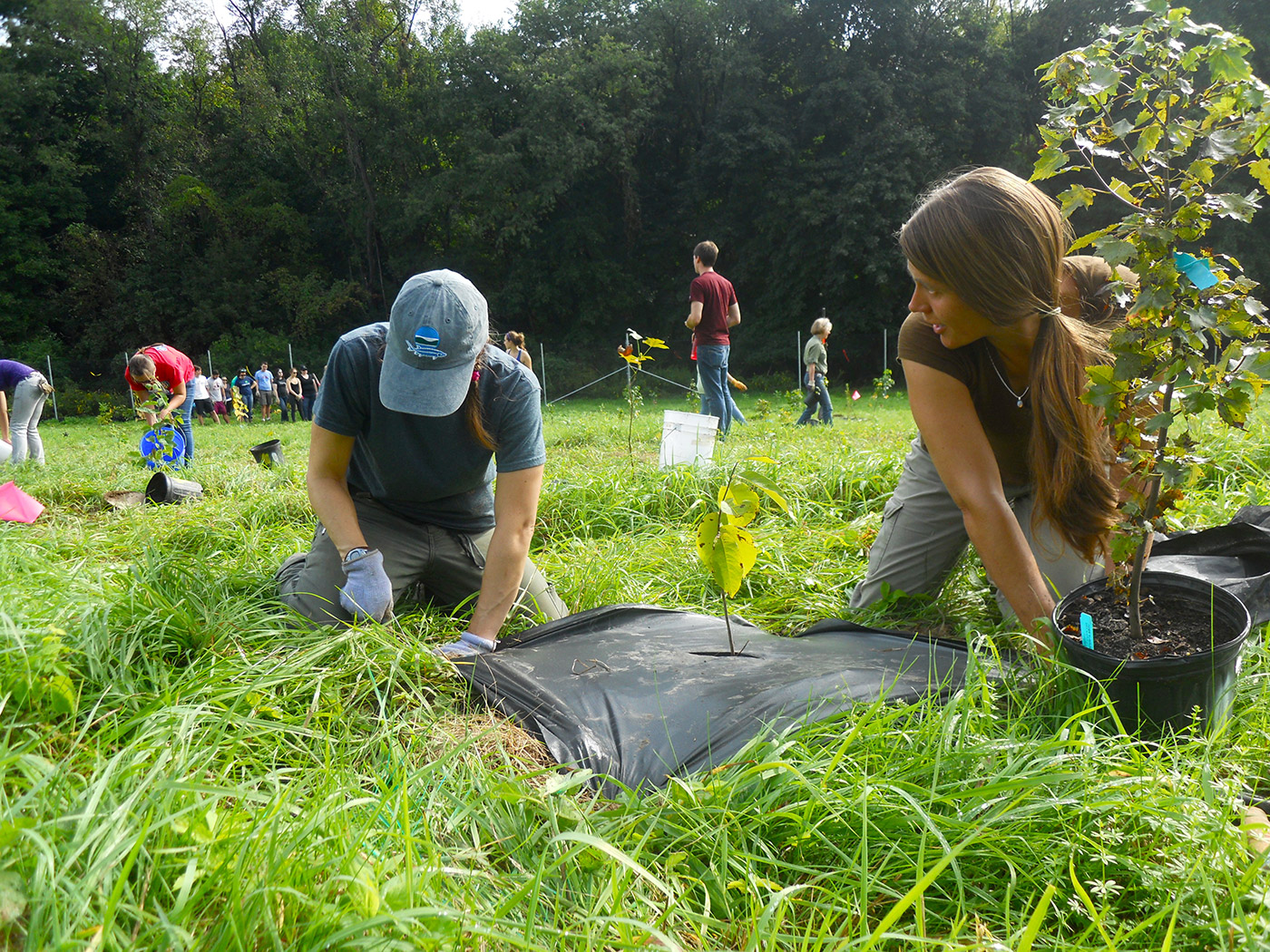Waste Reduction
Reduce, Reuse, Recycle
Reducing waste is an essential part of tackling the environmental and climate crises. While recycling is useful, reducing consumption and reusing materials are most important.
Stop Waste and Promote Recycling (SWAPR)
Every year at move-out, students are looking to get rid of things they no longer need or want. So every May, the SWAPR program collects all kinds of items and offers them for free to anyone. A special effort is made to enable local nonprofits such as Hudson Housing and Dutchess Outreach to get the things that they can distribute. The following section includes a number of articles that reference the SWAPR Program:
- Vassar works toward carbon neutrality by 2030, September 2023, The Miscellany News
- SWAPR prepares for coming furniture ban, April 2012, The Miscellany News
- SWAPR volunteers help others save cash, May 2003, The Miscellany News
The Free Bookstore
As part of the Movement for Affordable Textbooks, the Office of Sustainability runs The Free Bookstore in Blodgett Room 28. The Free Bookstore is a place where students can find books used in their courses. Watch this Eco VC Instagram video on for directions on finding the free bookstore!
Repair Cafe
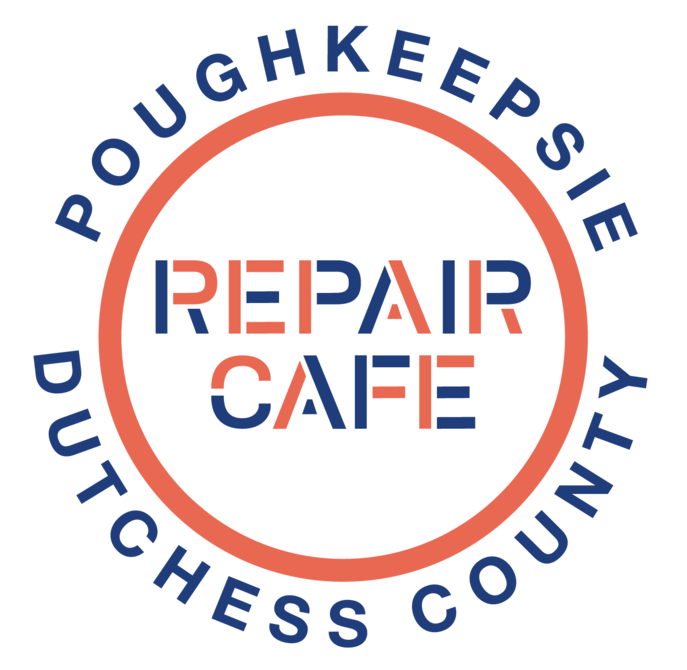
The Environmental Cooperative hosts the Poughkeepsie Repair Cafe. Repair Cafes are free community events where you bring your broken but beloved items and volunteer repair coaches help you fix them.
The Bike Shop
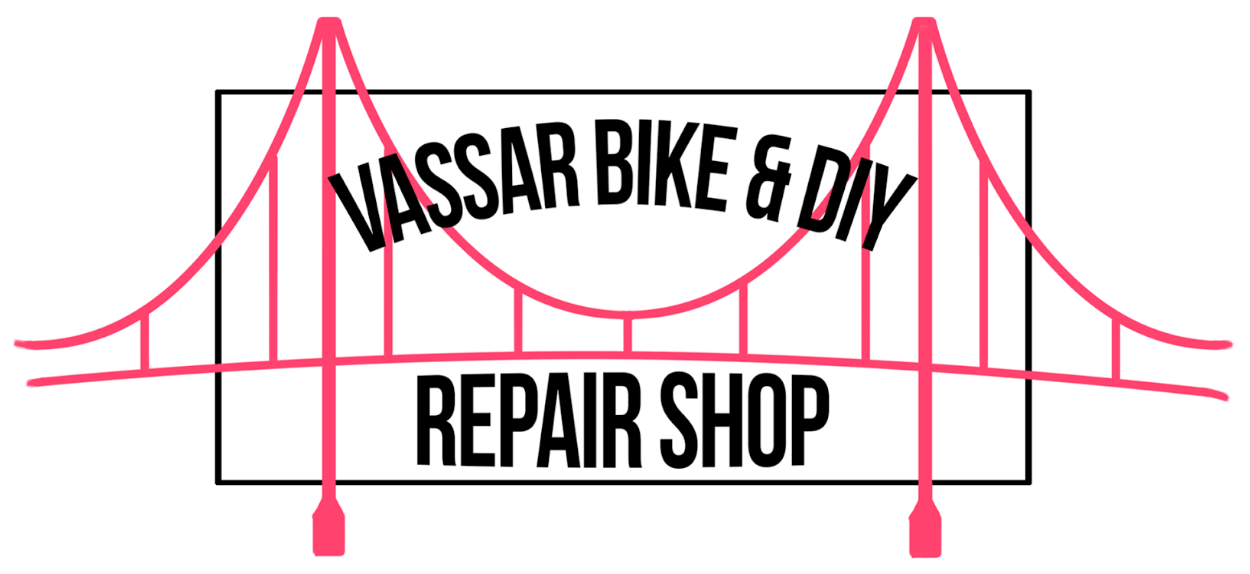
Located in the basement of Strong House, The Bike Shop offers free to low cost bike repair services to Vassar and the Poughkeepsie community. The shop is run by a student organization and staffed by paid mechanics and volunteers.
Green2Go
Green2Go is Vassar’s reusable to-go container program, which provides a convenient way to reduce waste while eating from a sturdy stylish reusable container.
Interested in joining the program? Use the Green2Go Enrollment Form. After enrolling, you’ll be notified where you can pick up your Green2Go token and laminated tag. You’ll then be able to use that to get a reusable to-go container when getting food at The Retreat and Street Eats. Space is limited, so if all available spots are filled, you’ll be notified that you’ve been put on a waiting list.
How does Green2Go work?
When participants are enrolled in the program, they receive a laminated membership tag along with a token to get started. Once you have your card and token, you’ll use the following process to get your meals in a reusable container:
- Show Your Tag: When you order at the Retreat or Street Eats, hold up the green participant tag you’ve received so your server knows to give you a reusable to-go container instead of a single-use one.
- Drop a Token: Put a token in the bin in front of the station in exchange for the container you’re about to receive.
- Enjoy the Meal: Your server will hand you your meal in a reusable to-go container instead of a single-use one. You may eat there or take it outside or to your room/apartment. Just be sure to bring it back next time!
- Scrape or Rinse It Out: Before bringing the container back, please scrape out any food scraps into a compost bin, if available, and/or empty and rinse the container in the kitchen in your residence hall. Please do not rinse containers in bathroom sinks.
- Bring It Back and Receive a New Token: The Ozzi return machine is located at the Retreat. Remember to insert the container clasped shut and upside-down so the machine can read the barcode on the bottom of the container and process the return. The machine will give you a new token.
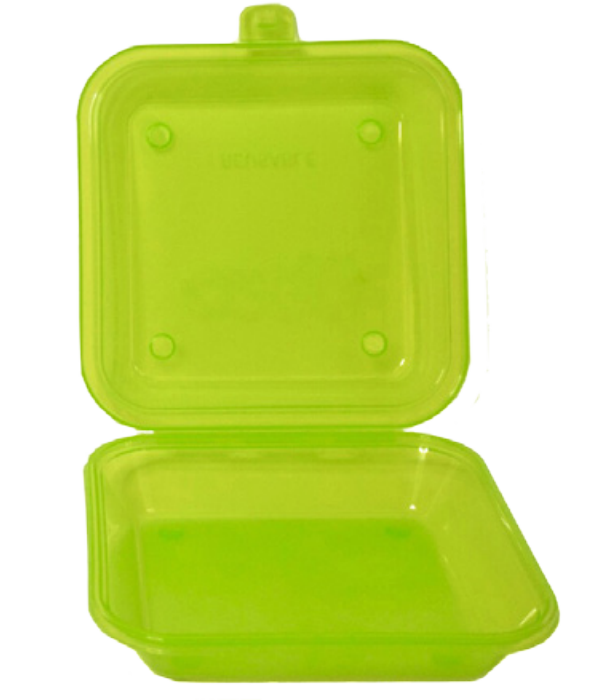
What are the containers like?
Each container is made of heavy-duty plastic. Their size is 9" x 9" x 2.5"—big enough to hold plenty of food. This container size was selected to allow it to substitute for either the current single-use plastic containers or the cardboard pizza boxes. All containers are microwave-safe, dishwasher-safe, BPA-free, and FDA-approved for safety.
I have a question that’s not answered above. Who should I contact?
For more information about the Green2Go Program, please contact the Office of Sustainability via sustainability@vassar.edu.
Composting
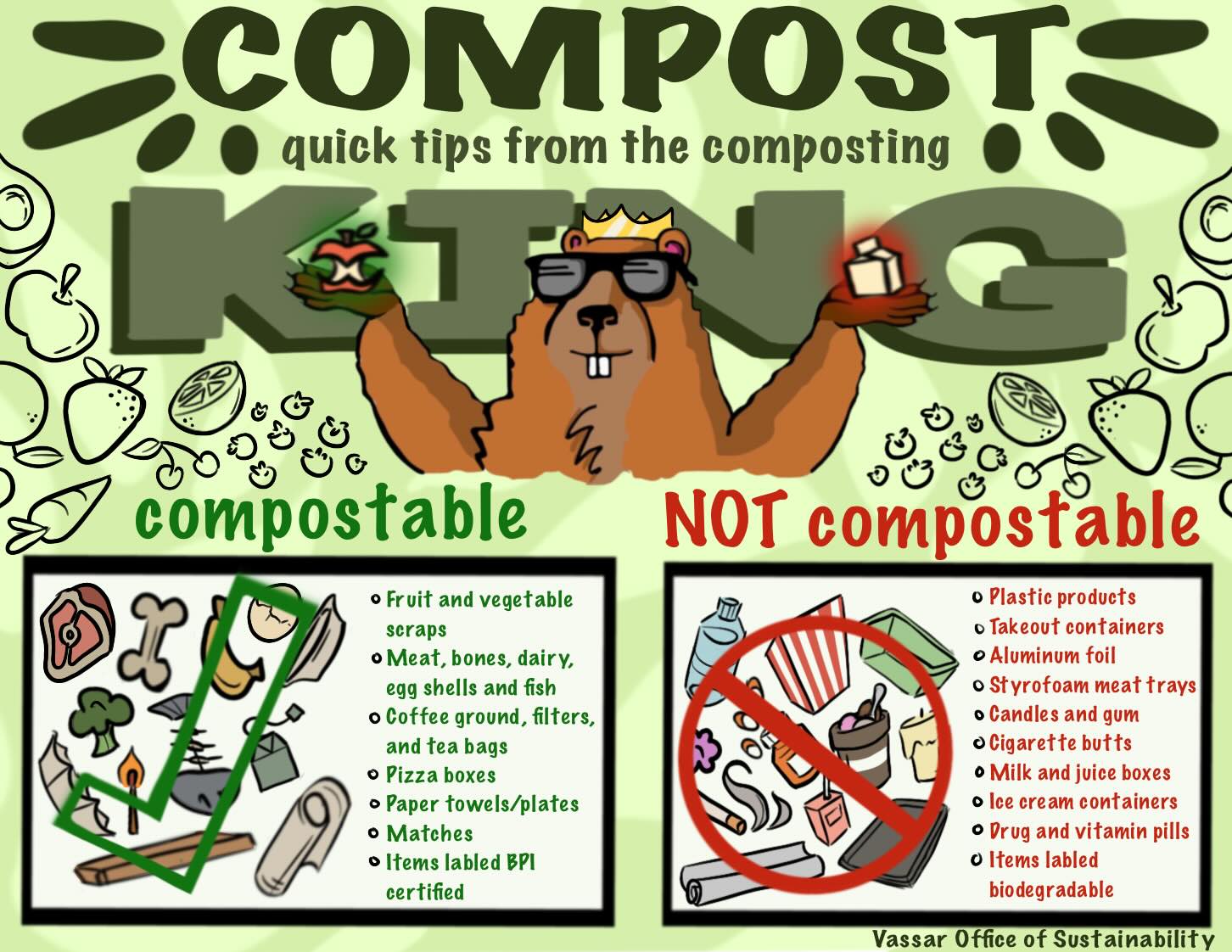
Vassar Dining works with Bon Appetit to minimize food waste. Back of the house, the Waste Not Program reduces waste; any unusable organic waste is collected for composting. Food waste is also collected at the three senior housing complexes. Download and print our composting at Vassar info sheet (PNG) and composting tips sign (PNG). Vassar’s food waste goes to Greenway, a New York State registered compost facility in Clintondale NY that turns organic waste into compost and high quality blended soils.
Recycling
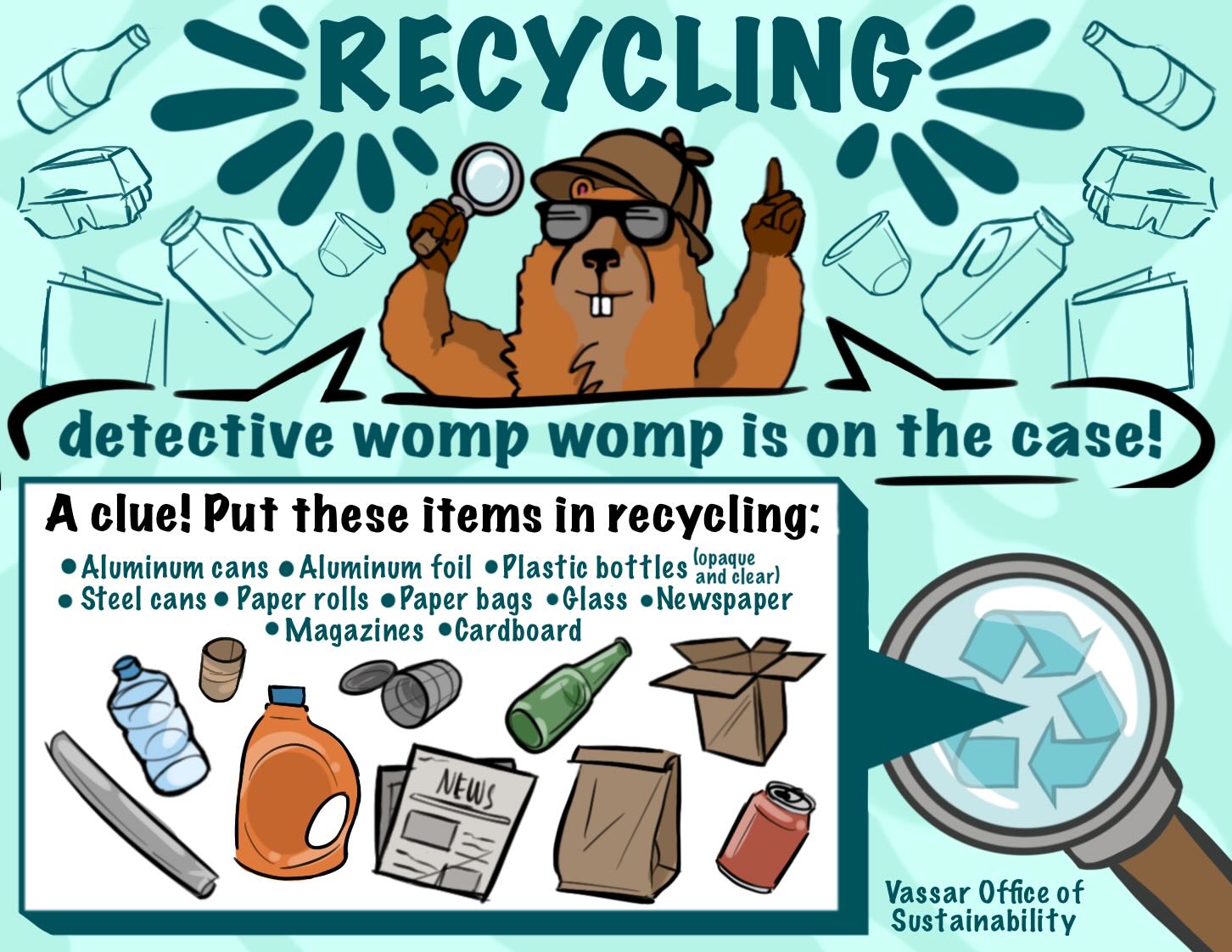
Put these items in recycling:
- Aluminum cans
- Aluminum foil
- Plastic bottles (opaque and clear)
- Steel cans
- Paper rolls
- Paper bags
- Glass
- Newspaper
- Magazines
- Cardboard
More information on recycling can be found on Dutchess County’s Recycling page. Download and print our recycling sign (PNG).
Waste Disposal
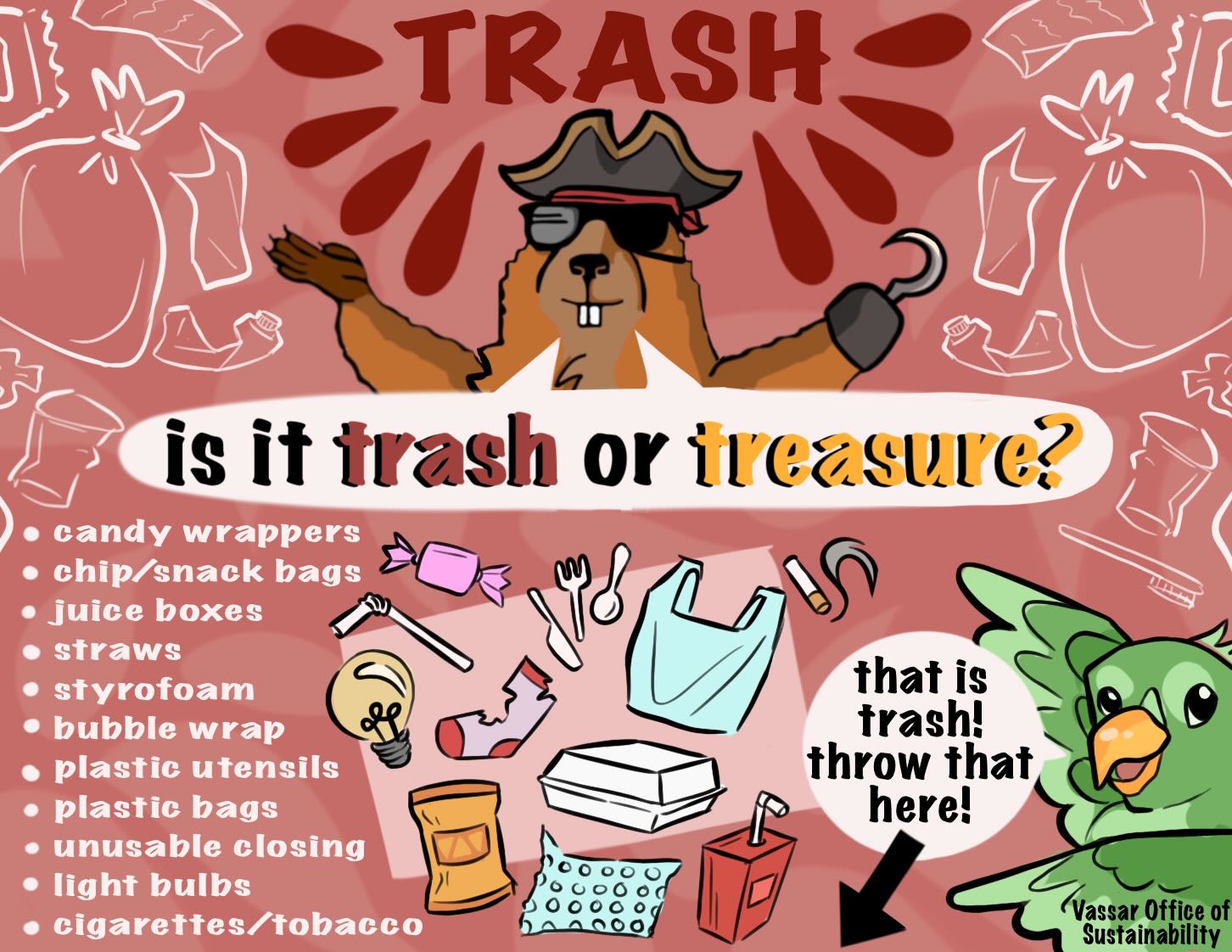
Vassar’s waste goes to a waste to energy facility, where trash is incinerated. More information on waste disposal can be found on Dutchess County’s Solid Waste Management page. Additional information on recovery can be found on the Dutchess County Resource Recovery Agency website. Download and print our trash sign (PNG).
Put these items in trash:
- Candy wrappers
- Chip/snack bags
- Juice boxes
- Straws
- Styrofoam
- Bubble wrap
- Plastic utensils
- Plastic bags
- Unusable closing
- Light bulbs
- Cigarettes/tobacco
